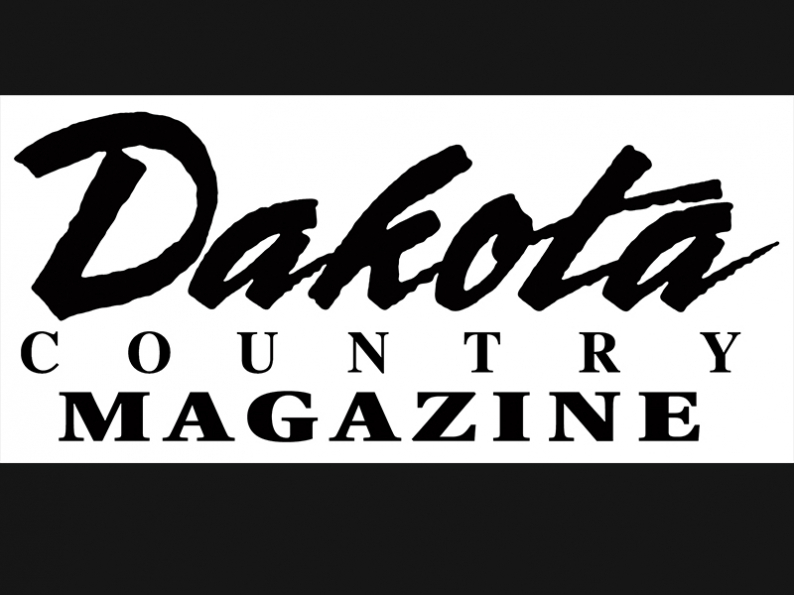
Pierre, South Dakota
At the recent June 4th GFP Commission teleconference meeting, GFP Secretary Kelly Hepler announced his decision, and the Commission agreed, to cancel the 2020 pheasant brood route surveys and likely all future pheasant brood surveys. This was done without public notice or public input. The justification was two-fold 1) the brood survey results are not used to set the pheasant season, and 2) in years when the results indicate a pheasant decline, some pheasant hunters, both resident and nonresident, chose not to purchase a small game license. Other than a brief mention of reason 1, I’ll concentrate my comments on reason 2.
Kelly Hepler is correct, our annual pheasant season, which changes very little, is not set using the brood route data. In fact it is set using very little science at all. Instead it is determined by social issues, landowner preferences and economic impact. If biology drove the season it would be much longer, run from sunrise to sunset with the bag limit adjusted annually depending on the pheasant population. Reason number 1 is simply fluff.
Should GFP conduct an annual, well established, long-term data driven pheasant population survey? Yes. Information gathered via the annual brood survey provides several critical wildlife management needs. It provides a long-term data set, going back to 1949. This data is used to document pheasant reproductive trends and how pheasant populations respond to weather, habitat changes and Federal Farm programs. Information obtained by conducting annual brood routes provides critical reproductive data to accurately, scientifically and consistently estimate our annual pheasant population. With the elimination of the survey only guesses and unscientific speculation will be used to fill this void.
The 2nd justification, that brood route counts should be eliminated because they can reduce license sales, make it painfully obvious that Kelly Hepler and the GFP Commission are far more interested in license sales and economics than they are in accurately and honestly conducting scientific surveys to track, document and annually report to the public the status of South Dakota’s most important game bird. Rather than put out the truth, the accurate information obtained from our annual brood routes, they prefer to keep pheasant hunters guessing. Is the pheasant population up or is it down? From here out, your guess on pheasant numbers and trends holds as much value as GFP’s--a guess is a guess. Rather than provide the public with the facts and accept the honest risk that some hunters may choose not to hunt, Kelly Hepler and the GFP Commission have decided to quit gathering pheasant reproductive and population data and to simply “market” our pheasants. Eliminate the facts and encourage all to hunt regardless if our pheasant population goes up or goes down.
One thing is crystal clear--our pheasant population will go up and it will go down. Without good reproduction and population data we will no longer know the long-term pheasant population trends. As the pheasant population responds to habitat changes, how will we know? And, how will we know what to do about it? For example additional emphasis has been put on increased habitat in the last 5-8 years due to a decline in pheasant numbers. The Pheasant Summit initiated by Governor Daugaard was driven by the documented decline in pheasant numbers which was established by brood counts, Governor Noem’s Second Century Habitat Initiative was put into place for the same reason, a decline in pheasant numbers established by brood route information. If we don’t know the population trend will there ever be a push for these types of initiatives in the future?
Other than the decision to openly deceive pheasant hunters, Kelly Hepler and the GFP Commission are attempting to take the annual choice to hunt or not hunt away from hunters. They have chosen to replace it with an annual $700,000 “come one, come all, it’s always great, we always have lots of birds” marketing plan.
This is a horrible and unacceptable way to manage pheasants. It’s a bad decision by Kelly Hepler and the GFP Commission and a bad day for pheasant hunters. It’s time for pheasant hunters everywhere to ask these blunt questions. Don’t we deserve the truth, the pheasant facts? Don’t we deserve science based. data-driven wildlife management? Don’t we deserve better from Kelly Hepler and the GFP Commission?